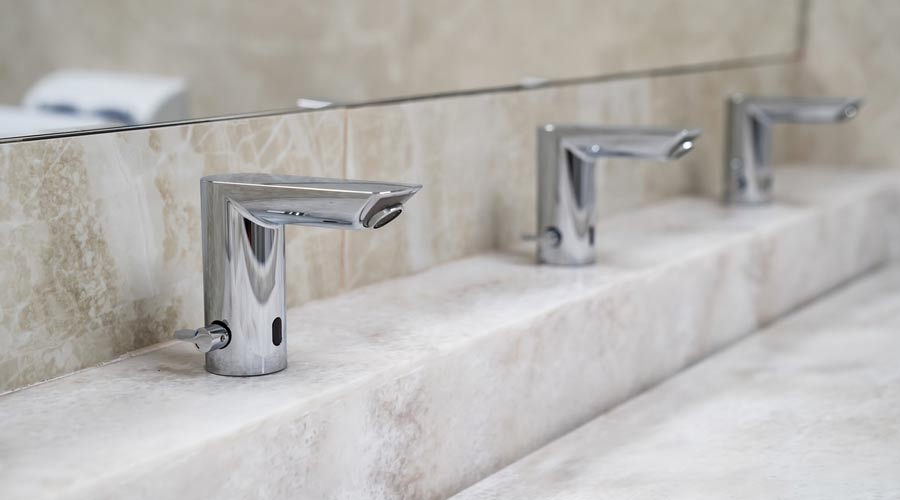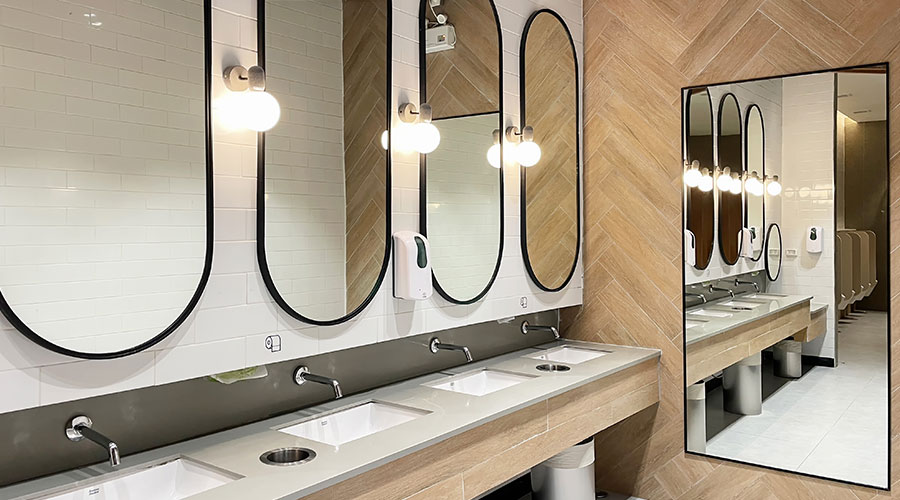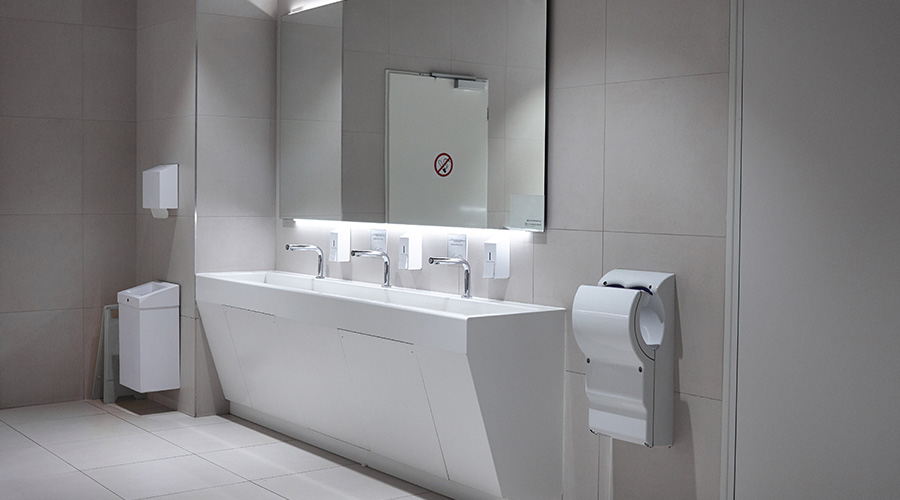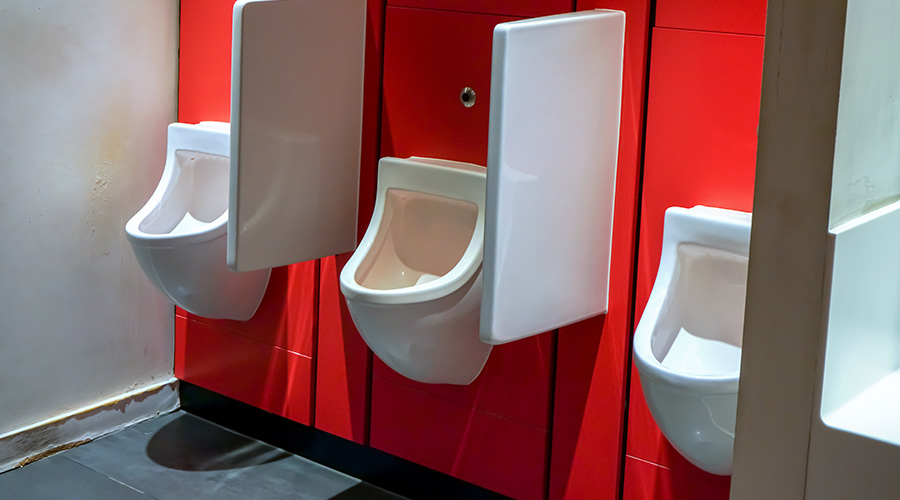Technology Advancements Improve Restroom Sensors
Automatic sensors have become more sophisticated in recent years as the public demands more from restrooms.
While many managers are still hesitant to use emerging technology like the Internet of Things (IoT), it has become a useful tool in the toolbelt for restroom management. Hunt says IoT functionality has shifted touchless fixtures from static devices to connected building assets. By leveraging the technology, facility teams gain control over water safety, performance and resource allocation.
“Select bathroom fixtures now incorporate IoT technology allowing the fixture to communicate with the Internet and collect a broader range of information,” Kahlon says. “The information can be used to schedule cleaning staff more efficiently, detect when a fixture is out of service and needs repair or if consumables such as soap, paper towels or bathroom tissue need replenishment.”
Automatic sensors have become more sophisticated in recent years as the public demands more from restrooms. Now, sensors can detect occupants under various lighting conditions or clothing that might have caused false or missed activations. The technology has also improved to prevent false activations from mirrors, reflections caused by brushed stainless bathroom stall doors and users wearing reflective vests.
“Smart technology has been incorporated into public restrooms over the past several years, and new innovations continue to evolve,” Kahlon says. “The added functionality could also allow monitoring of all fixtures in single or multiple facilities from a central dashboard or building management system, thus enabling faster decision-making and more efficient scheduling for service.”
The integration of smart technology in restrooms has given managers the ability to remotely monitor and manage fixtures more efficiently. Faucets, flush valves and soap and paper towel dispensers are now equipped with sensors that track usage patterns, detect leaks and monitor consumables. Technologies like Bluetooth, LoRA, LTE and Wi-Fi transmit data to centralized platforms that allow managers to assess performance in real time.
“This connectivity supports both predictive and preventive maintenance strategies,” Kahlon says. “Instead of relying on fixed schedules or visual inspections, facilities can now prioritize servicing based on actual usage and system health — reducing downtime, labor costs and operational inefficiencies. Remote monitoring also improves compliance with water conservation and hygiene standards, particularly in high-traffic or mission-critical environments such as healthcare, airports and educational institutions.”
Meanwhile, touchless technology has changed the way managers respond to restroom maintenance. Technology has allowed for more predictive maintenance and streamlined operations rather than the reactive maintenance some have grown accustomed to. Managers can use measurable indicators to demonstrate enhanced occupant safety through the following upgrades:
- Reduce surface contact by transitioning to touchless fixtures to minimize high-touch surfaces, lowering the risk of pathogen transmission.
- Improve hygiene compliance by using automated systems that ensure consistent handwashing and sanitation by simplifying user interaction and reducing barriers to proper hygiene practices.
- Enhanced water quality monitoring and leak detection by implementing smart fixtures with integrated sensors that detect leaks and water quality issues early, preventing mold and keeping a safe environment
Higher expectations
User expectations for public spaces have significantly changed since the pandemic. Kahlon says that restrooms have become a primary focus for managers as feedback has revealed a strong user preference for minimizing contact with high-touch surfaces. This demand has influenced the design and specification of restroom fixtures, leading to the rapid adoption of touchless products.
Public health guidance and building standards now strongly recommend or require touchless faucets in many commercial and healthcare settings to reduce contact transmission. There also is a shift toward healthier and safer building water systems with faucets. ASHRAE 188 and Guideline 12-2023 require managers to implement Legionella risk management plans for building water systems, which includes regular maintenance and monitoring of faucets and related plumbing to prevent bacterial growth, Hunt says.
“Users want cleaner, contact-free spaces,” Danowski says. “On the flip side, maintenance teams are being asked to do more with fewer people, so equipment needs to be low-touch for users and low-maintenance for facility and maintenance teams. That dual feedback has shaped how we design fixtures ensuring that they are seamless, reliable and easy to clean and service.”
Mackenna Moralez is the associate editor of the facilities market and the host of the Facilities in Focus podcast.
Related Topics:













